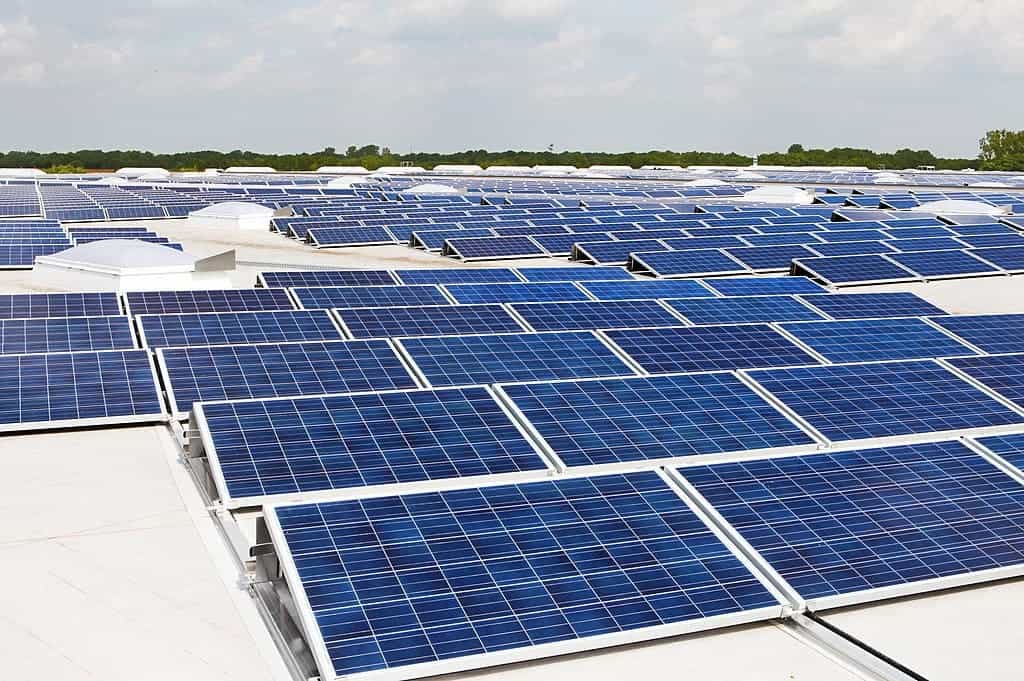If we had to point out a pitfall of solar energy, that would be the fact that electricity can only be generated during the day. Now, a new development hopes to change this. Engineers at Stanford University have come up with a type of solar panel that works at night, during which time it is capable of generating enough power to charge a phone or run a LED light.

Solar energy is harvested when the sun radiates energy towards a solar panel. Every panel has a set of solar cells made from layers of semi-conducting material. When the sun shines on this material, it creates a flow of electricity. Solar accounted for 3.1% of global electricity generation in 2020, growing 23% compared to 2019.
Over one billion people still lack access to the electric grid. Solar can provide a renewable off-grid source of electricity but its main drawback is that it produces power only during the day. In many rural areas that rely on solar off-grid systems, this means installing battery storage to collect energy during the day and store it so as to have sufficient at night. Such batteries can be prohibitively expensive though. But there may be another way.
When the sun is out, solar panels radiate heat to outer space, which has a temperature of around three kelvin (-270.15ºC) as heat travels in the direction of lower temperatures. This makes the solar panel cooler than the night air – a temperature difference researchers have been arguing could be used to produce solar power.
An alternative solar panel
Shanhui Fan at Stanford University and his team assembled an off-the-shelf solar cell and added a thermoelectric generator. This is a device that produces currents from the difference in temperature between ambient air and the solar cell itself. “The solar panel turned out to be a very efficient thermal radiator,” Fan said in a statement.
The modified solar cell was able to generate a power output of 50 milliwatts per square meter, which is 0.04% of the power output of a solar cell during the daytime. Nevertheless, that’s still a useful amount of power, enough to power devices like a mobile phone charger or a low-wattage LED light. And there’s still a lot of room for improvement.
“None of these components were specifically engineered for this purpose,” Shanhui Fan said in a statement, hoping to optimize the thermoelectric components. “So, I think there’s room for improvement, in the sense that, if one really engineered each of these components for our purpose, I think the performance could be better.”
What’s probably most relevant about this approach is that energy users would have a direct power source at night without the need for battery storage, as batteries can be expensive and not reliable, the researchers said. They also require a lot of energy to be manufactured and can pollute the environment if they are improperly disposed of.
However, the current performance of 50 milliwatts means the modified solar panels are unlikely to replace existing energy infrastructure, at least for the time being. They will be useful for off-grid locations to carry out certain low-power tasks. Fan hopes to one day scale up the system in order to have a commercial product in the market.
The study was published in the journal Applied Physics Letters.


